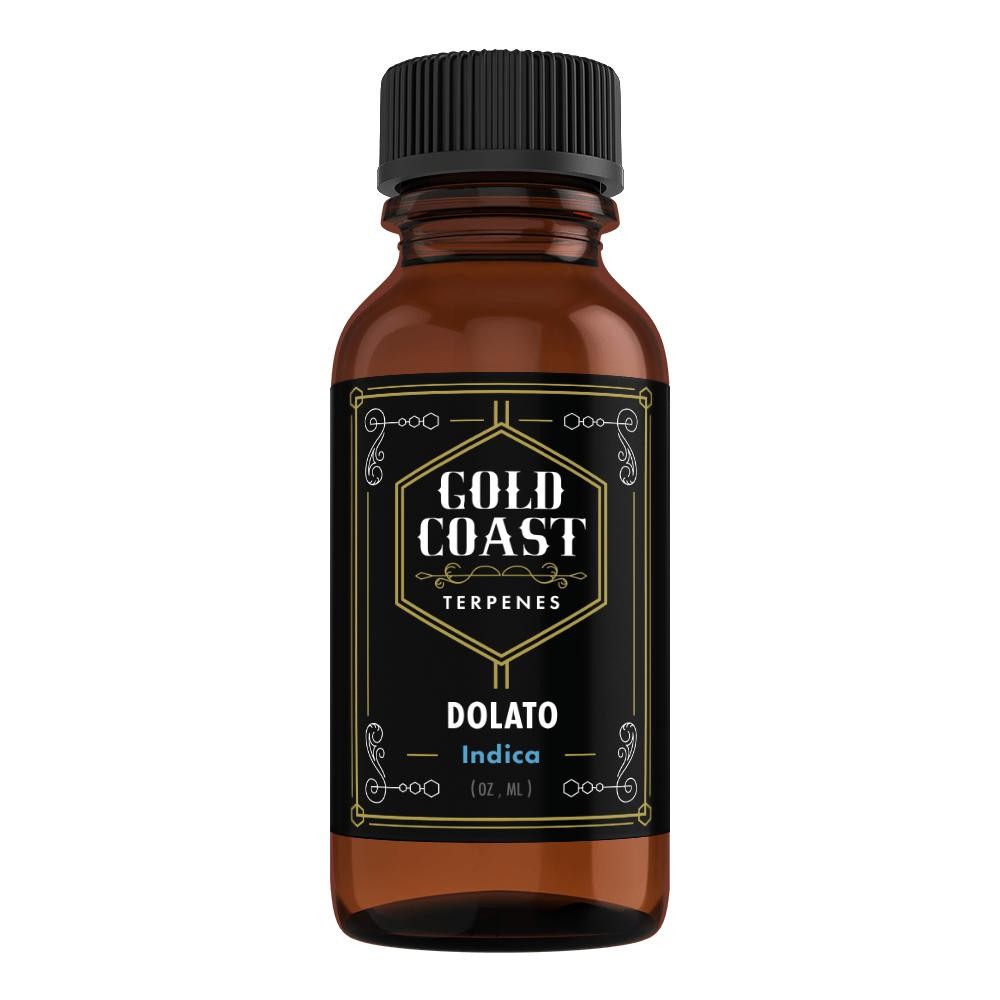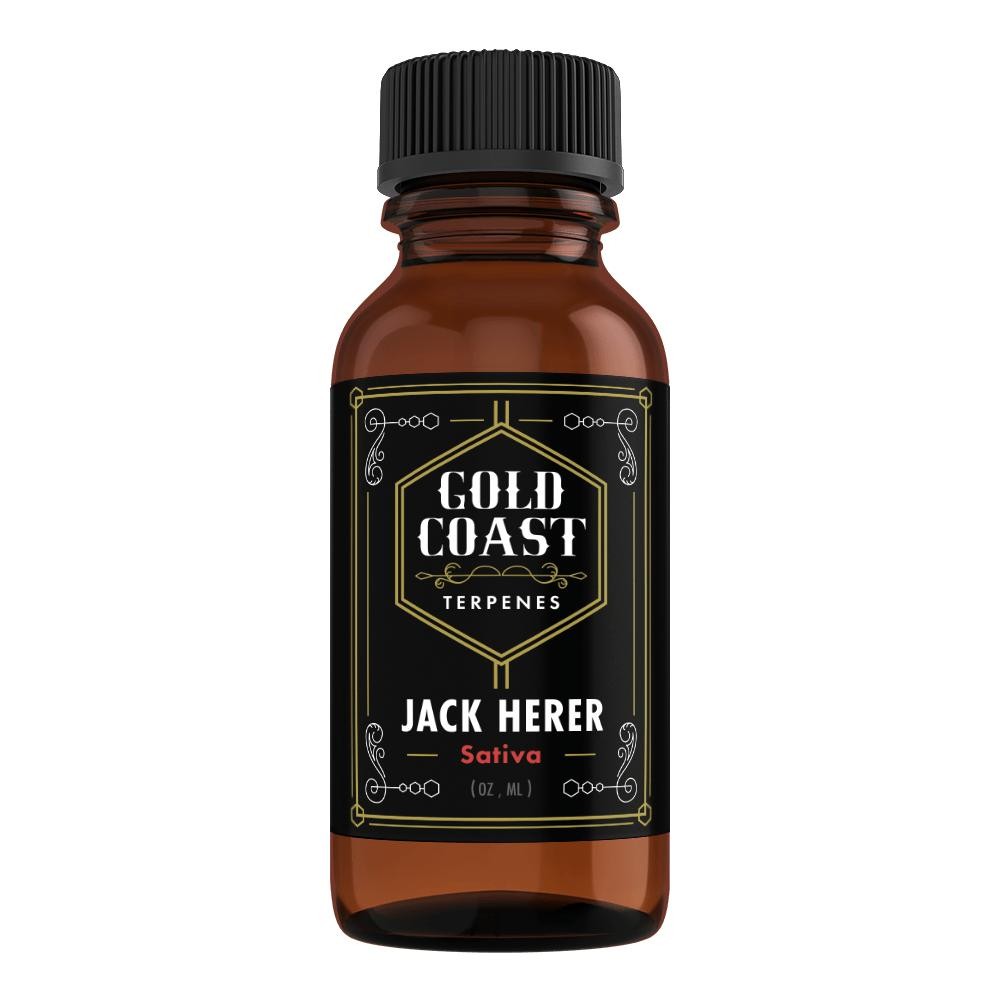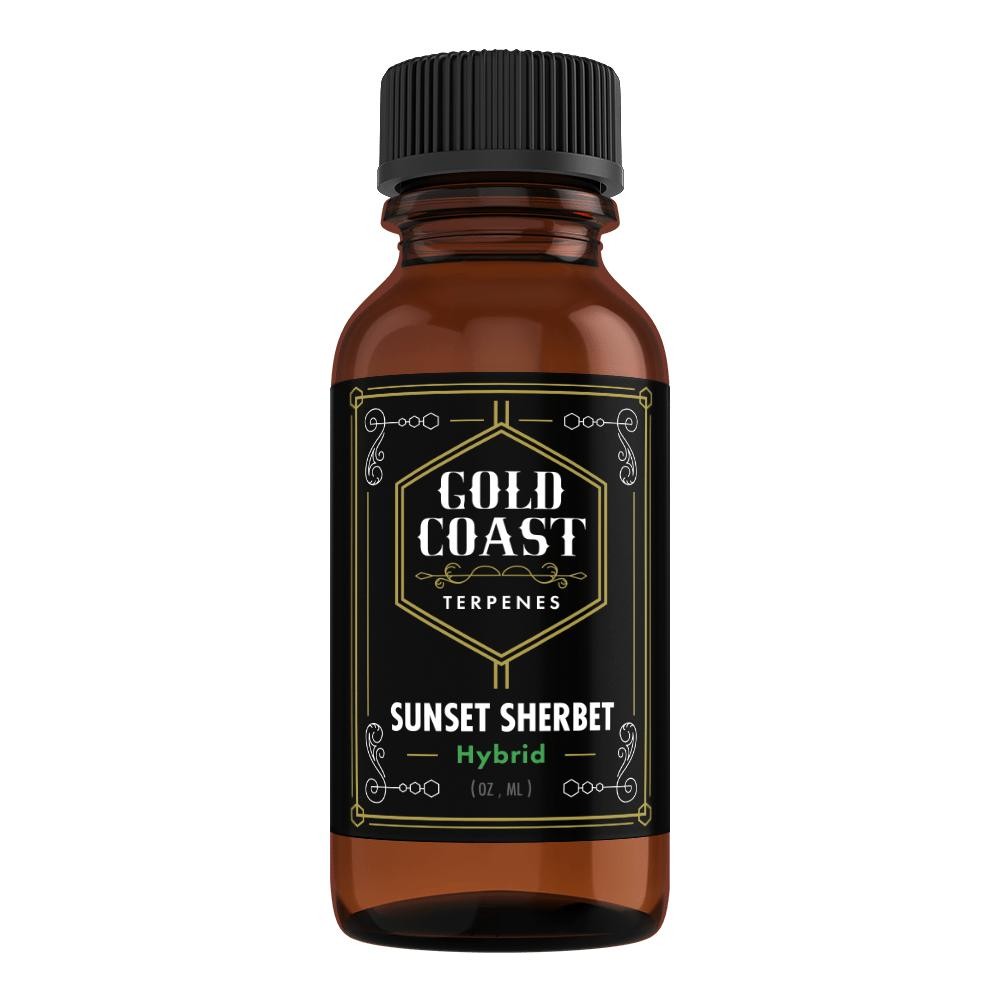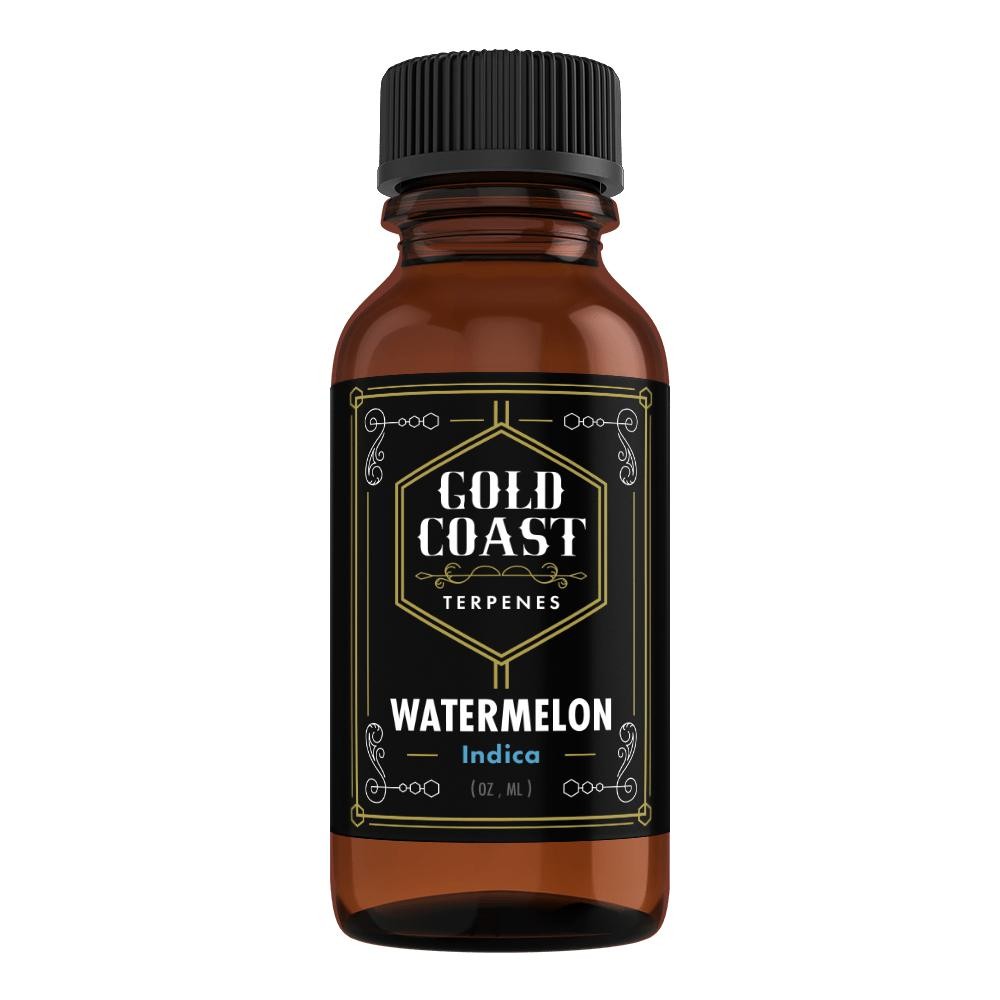Terpenes, the aromatic compounds found in many plants, play a crucial role in shaping the sensory experience of cannabis. These compounds, responsible for the distinct aromas and flavors of different strains, also interact synergistically with cannabinoids to influence the overall effects.
This blog discusses the multisensory exploration of terpenes, examining their interaction with cannabinoids and their contribution to the sensory and therapeutic profiles of cannabis.
The Multisensory Experience of Terpenes
Smell
The smell of cannabis is one of the most noticeable and varied sensory experiences, heavily influenced by its terpene profile. Different strains of cannabis can exhibit a wide range of aromas, from fruity and floral to earthy and skunky. This aromatic diversity is primarily due to the presence and concentration of specific terpenes.
Myrcene: Often associated with earthy, musky notes, myrcene is one of the most abundant terpenes in cannabis. It is believed to have a soothing effect.
Limonene: As the name suggests, limonene has a strong citrus aroma. It is associated with uplifting and mood-enhancing effects.
Pinene: This terpene gives off a pine-like scent. Pinene is thought to have anti-inflammatory properties and can promote alertness.
Linalool: This terpene is known for its floral aroma reminiscent of lavender. It is believed to have calming and anti-anxiety effects.
Taste
The taste of cannabis, much like its smell, is influenced by its terpene content. When consumed, terpenes can create a rich palette of flavors, enhancing the overall sensory experience.
Caryophyllene: This terpene has a spicy, peppery flavor. It is unique because it can interact with cannabinoid receptors, potentially offering anti-inflammatory benefits.
Humulene: Known for its woody, earthy taste, humulene is present in several strains. It is also found in hops, contributing to the flavor profile of many beers.
Terpinolene: With a complex mix of pine, floral, and herbal flavors, terpinolene is believed to have antioxidant and sedative properties.
Visual and Textural Perception
While terpenes are primarily associated with aroma and taste, they also play a role in the visual and textural perception of cannabis. The trichomes, or resin glands, where terpenes and cannabinoids are produced, can affect the appearance and texture of cannabis buds. Strains high in terpenes may appear more frosty or sticky due to the abundance of trichomes.

Interaction of Terpenes with Cannabinoids
The Entourage Effect
The interaction between terpenes and cannabinoids is a crucial aspect of the cannabis experience. This interaction is often referred to as the ‘entourage effect,’ a theory suggesting that the full spectrum of cannabis compounds works together synergistically to enhance the overall therapeutic effects.
THC and Terpenes: Tetrahydrocannabinol (THC) is the primary psychoactive compound in cannabis. Terpenes can modulate the effects of THC, influencing its intensity and character. For example, myrcene is thought to enhance the sedative effects of THC, while limonene may boost its mood-elevating properties.
CBD and Terpenes: Cannabidiol (CBD) is a non-psychoactive cannabinoid known for its therapeutic benefits. Terpenes can enhance the efficacy of CBD. For instance, linalool may amplify CBD’s anti-anxiety effects, and caryophyllene may boost its anti-inflammatory properties.
Specific Interactions
Myrcene and THC: Myrcene is known to facilitate the absorption of THC through the blood-brain barrier, potentially enhancing its psychoactive effects. Strains high in myrcene are often associated with deep relaxation and sedative effects.
Limonene and CBD: Limonene’s uplifting properties can complement the calming effects of CBD, potentially creating a balanced experience that reduces stress without causing drowsiness. Strains that have balanced levels of THC and CBD will often exhibit this synergy.
Caryophyllene and CB2 Receptors: Caryophyllene is unique among terpenes because it can bind directly to CB2 receptors in the body’s endocannabinoid system. This interaction can enhance the anti-inflammatory effects of cannabinoids, making strains high in caryophyllene popular for pain relief.

Therapeutic Applications of Terpenes
Pain Management
Certain terpenes have been shown to possess analgesic properties, making them valuable in pain management. For example, myrcene and caryophyllene have been studied for their potential to reduce pain and inflammation. Strains high in these terpenes may be beneficial for individuals suffering from chronic pain conditions.
Anxiety and Stress Relief
Terpenes like linalool and limonene are known for their anxiolytic and stress-relieving properties. Linalool, in particular, is associated with relaxation and is found in many calming essential oils. Cannabis strains rich in these terpenes may help alleviate symptoms of anxiety and stress.
Anti-Inflammatory Effects
Terpenes such as pinene and humulene have demonstrated anti-inflammatory properties. These terpenes may enhance the effects of cannabinoids like CBD in reducing inflammation, offering potential benefits for conditions such as arthritis and other inflammatory disorders.
Sleep Aid
Strains high in sedative terpenes like myrcene and linalool are often used as sleep aids. These terpenes can promote relaxation and improve sleep quality, making them suitable for individuals with insomnia or other sleep disturbances.

Consumption Methods
Different consumption methods can alter the sensory experience of terpenes. Understanding how these methods impact terpene profiles can help consumers tailor their experiences to their preferences.
Smoking
Smoking cannabis is one of the most traditional methods of consumption. When cannabis is smoked, the terpenes are combusted and inhaled, providing an immediate and intense sensory experience. However, high temperatures can degrade some terpenes, potentially altering their effects and flavors.
Vaping
Vaping is an increasingly popular alternative to smoking, as it involves heating cannabis at lower temperatures. This method preserves more of the delicate terpenes, allowing for a richer and more nuanced flavor profile. Vaping can provide a more controlled and customizable experience, with devices that allow users to adjust the temperature to target specific terpenes.
Edibles
Edibles offer a different way to experience terpenes, as they are ingested and metabolized by the body. The cooking process can influence the terpene profile, potentially diminishing some volatile terpenes while enhancing others. Infusing food with cannabis can create complex flavor combinations and provide a prolonged, body-centric experience.
Topicals
Topical applications of cannabis, such as creams and balms, are used for localized relief. While the primary focus is on cannabinoids, terpenes also play a role in enhancing the therapeutic effects and scent of the product. Terpenes like linalool and menthol are often added for their soothing and cooling properties.
Personalized Cannabis Experiences
As the cannabis industry evolves, there is a growing emphasis on personalized experiences. Understanding the terpene profiles of different strains allows consumers to choose products that align with their preferences and needs.
Terpene Profiling
Many cannabis producers now provide detailed terpene profiles for their products, listing the dominant terpenes and their concentrations. This information helps consumers make informed decisions based on their desired sensory and therapeutic effects.
Strain Selection
Choosing the right strain involves considering both the cannabinoid and terpene content. For instance, a consumer seeking a relaxing experience may opt for a strain high in myrcene and THC, while someone looking for a mood boost might prefer a strain rich in limonene and CBD.
Product Formulation
The cannabis industry is also exploring terpene isolation and formulation, creating products with tailored terpene profiles. This allows for the development of custom blends designed to target specific effects, such as relaxation, focus, or pain relief.

For those seeking a premium multisensory exploration of terpenes, Gold Coast Terpenes offers an exceptional range of the best-tasting terpenes available in California. With over 50 strains ranging from Indica, Sativa, and Hybrid and new terpene strain profiles added each month, you’re sure to find the perfect match for your needs. Our high-quality, lab-tested terpenes for sale are free from additives, ensuring a pure and satisfying experience. Additionally, Gold Coast Terpenes provides a handy mixing calculator to help you achieve the perfect blend, making it easier than ever to buy terpenes and elevate your cannabis experience.
Get in touch with us and experience the multisensory exploration of terpenes.
